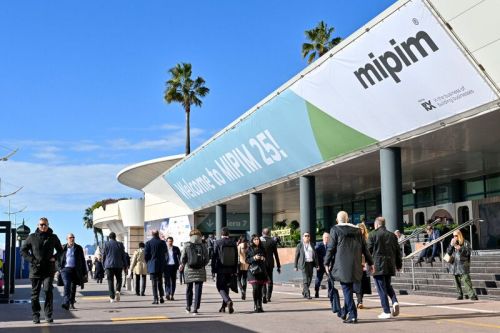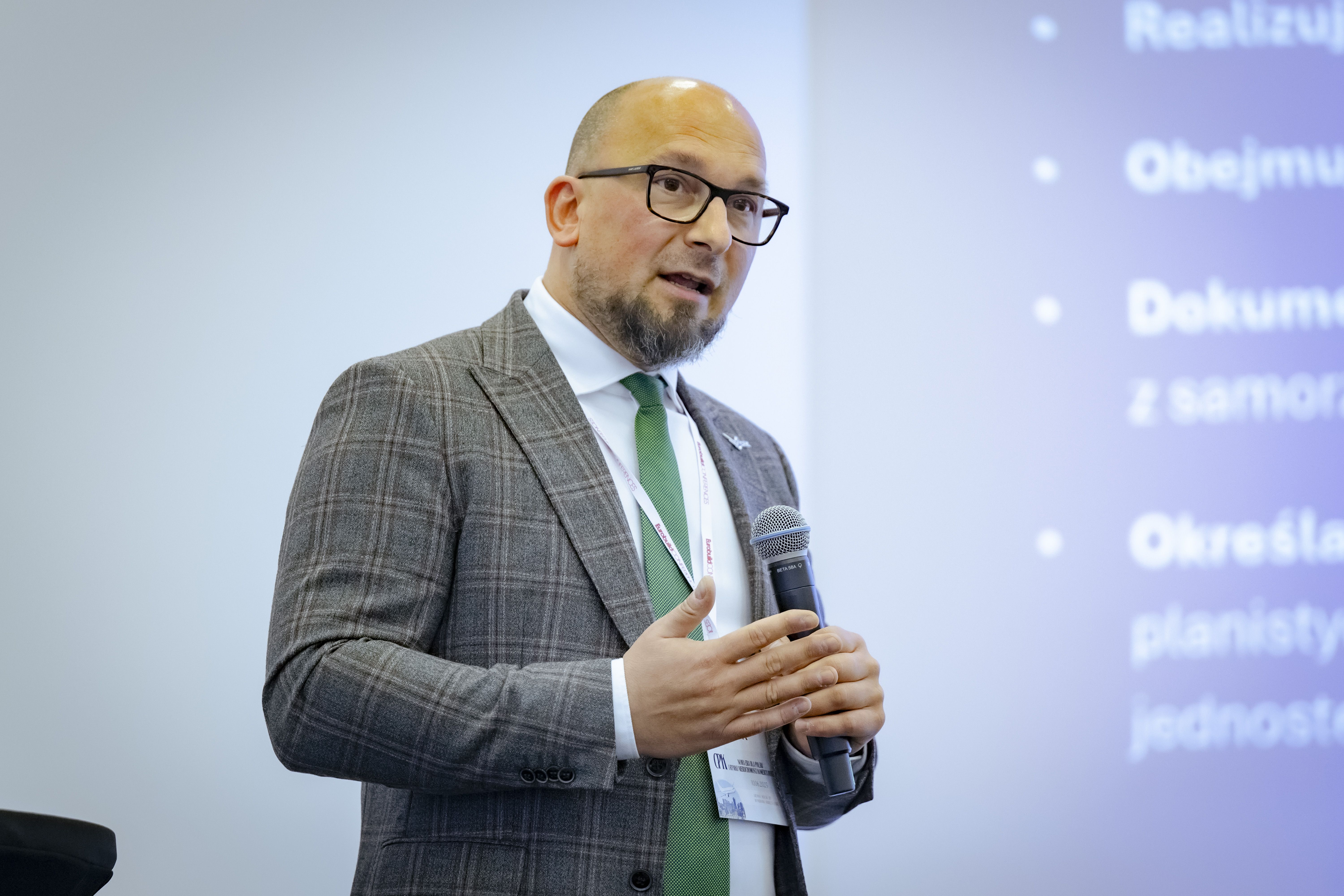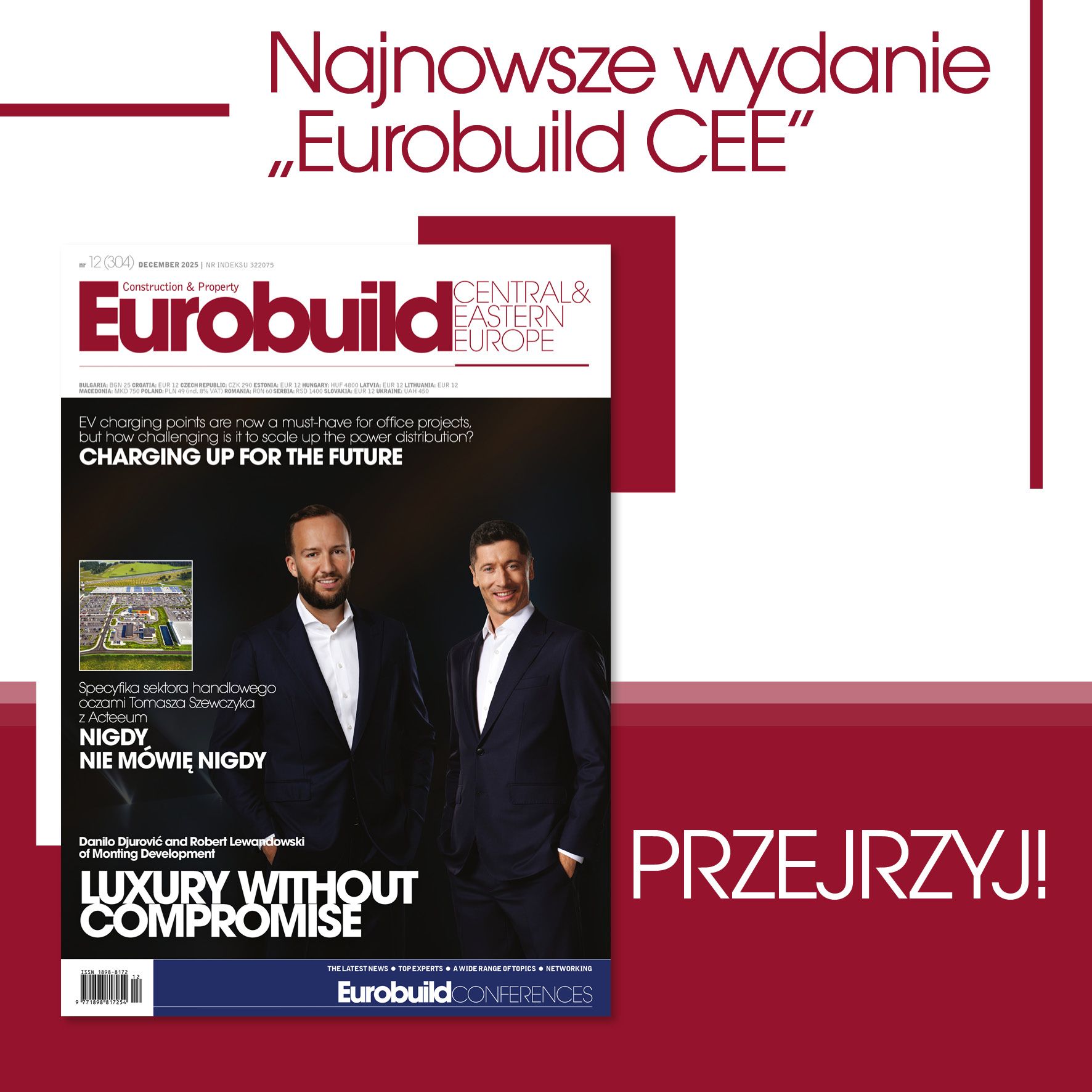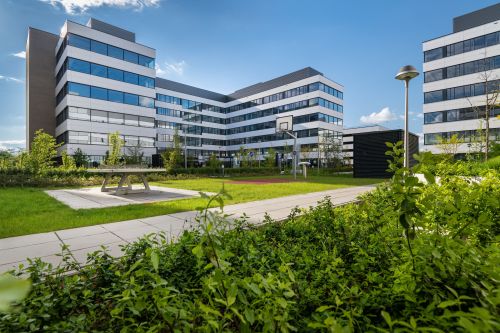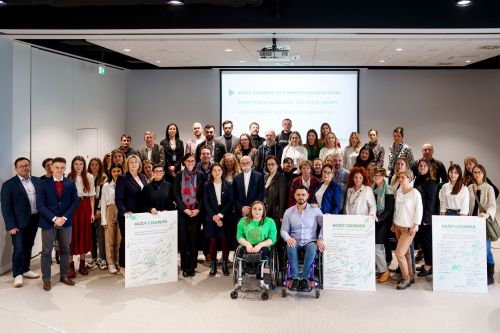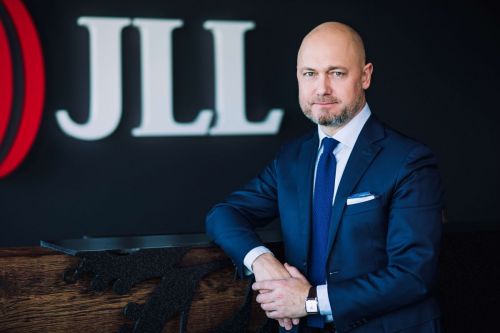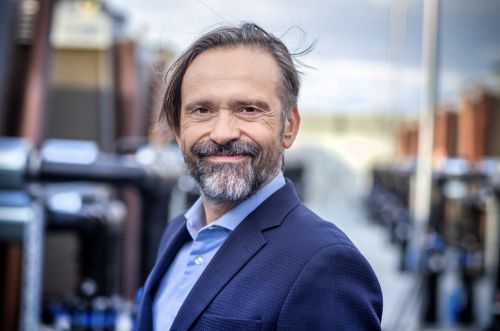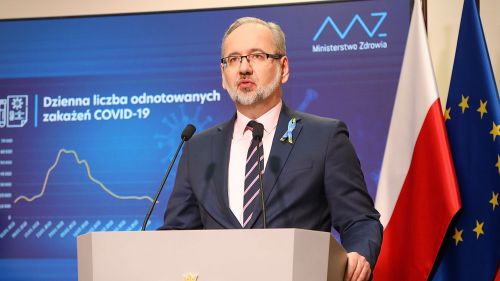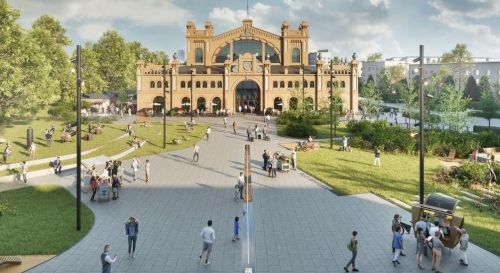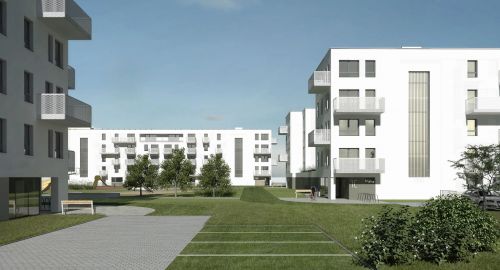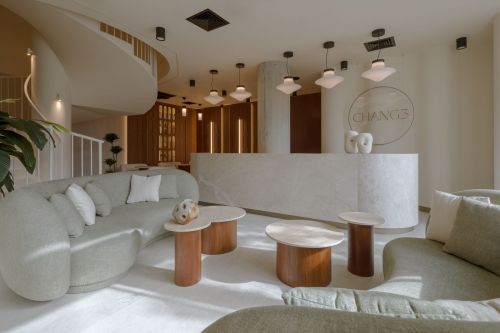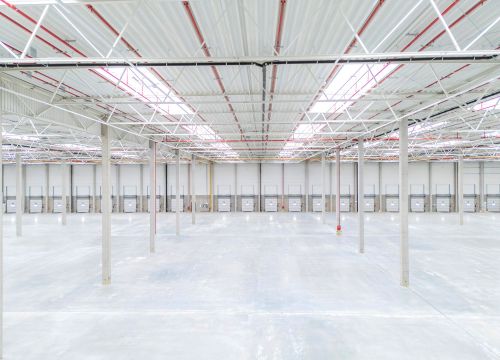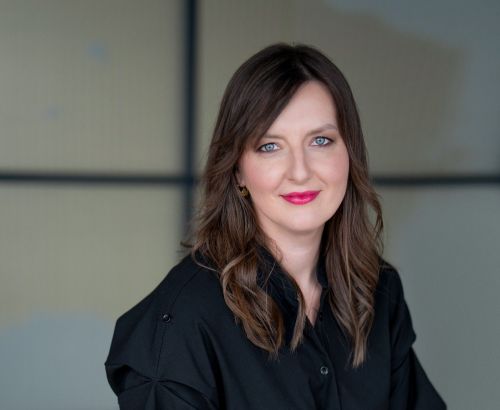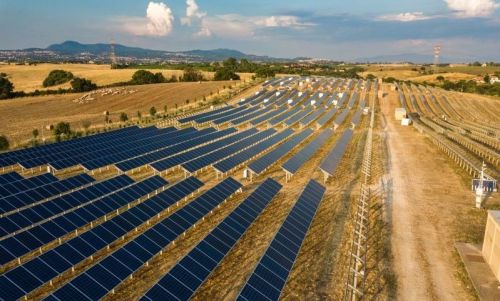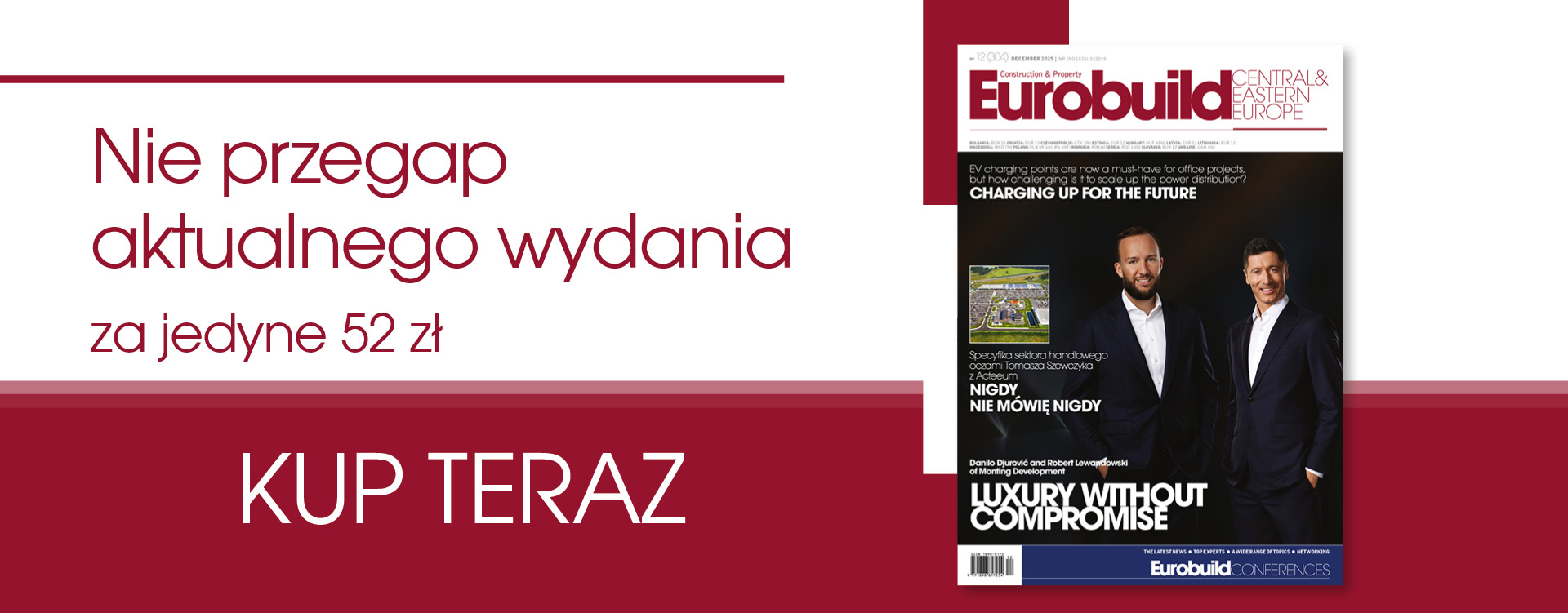Having once been the capital of Poland, Kraków still enjoys the reputation of being a most impressive and beautiful city – but perhaps its Podgórze district has not always shared in this renown. For many years the district was the home of the State Chemical Fertilisers Factory, which finally closed down in 2003 leaving behind a rather unsightly 19 ha brownfield site. But despite its unattractiveness, this site always had huge potential – and we all know how ugly ducklings can turn into swans. It was TriGranit that took up the challenge in 2006 of revitalising the property, eventually turning it into the Bonarka shopping and office complex.
TriGranit is a company that loves inner city mixed-use developments, where whole rundown areas can become a new district for the local community. By having different facilities with different functions that complement each other a real, living district can be created. For example, in 2005 it redeveloped a site in Katowice and created t





